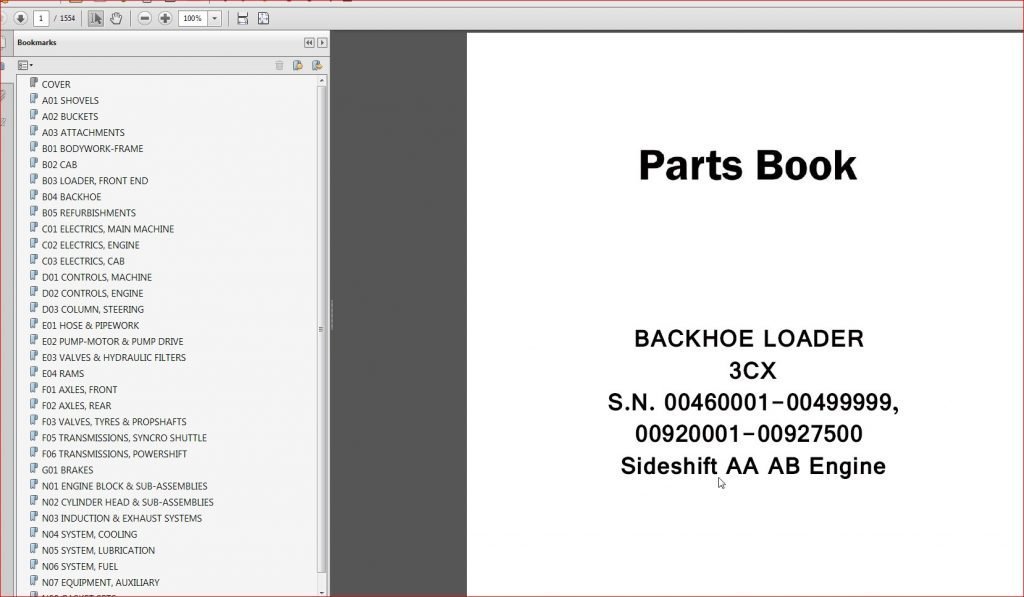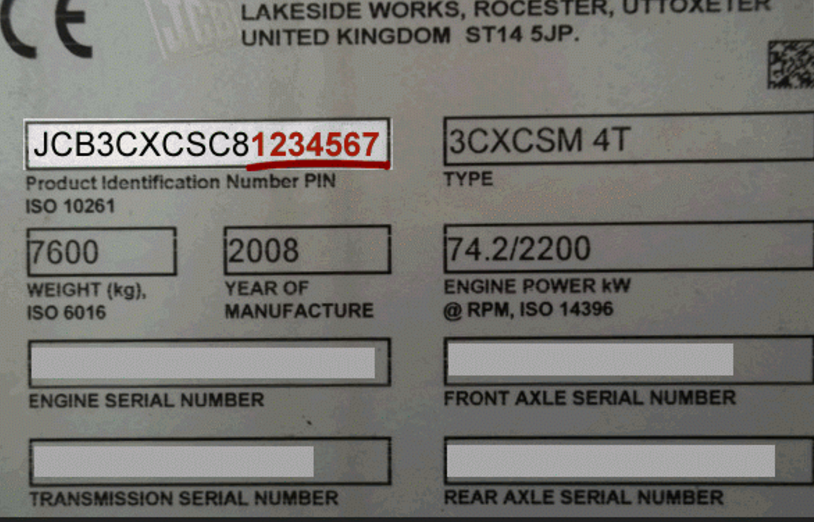

In 1991, the firm entered a joint venture with Sumitomo of Japan to produce excavators, which ended in 1998.

The next year, the firm started its operation in India. In 1978, the Loadall machine was introduced. The next year, the first 360-degree excavator was introduced, the JCB 7. īy 1964, JCB had sold over 3,000 3C backhoe loaders. In 1957, the firm launched the "hydra-digga", incorporating the excavator and the major loader as a single all-purpose tool useful for the agricultural and construction industries. It was designed by Derby Media and advertising designer Leslie Smith. In 1953, he developed JCB's first backhoe loader, and the JCB logo appeared for the first time. A year later, Bamford began painting his products yellow. In 1950, it moved to an old cheese factory in Rocester, still employing six. In 1948, six people were working for the company, and it made the first hydraulic tipping trailer in Europe. The Fossor (1979) by Walenty Pytel, made from parts of JCB vehicles, at the headquarters in Rocester The first trailer and the welding set have been preserved. At one time he made vehicles in Eckersley's coal yard in Uttoxeter. On the same day as his son Anthony was born, he sold the trailer at a nearby market for £45 (plus a part-exchanged farm cart) and at once made another trailer. The trailer's sides and floor were made from steel sheet that had been part of air raid shelters. In it, using a welding set which he bought second-hand for £2-10s (= £2.50) from English Electric, he made his first vehicle, a tipping trailer from war-surplus materials. He rented a lock-up garage 3.7 by 4.6 m (12 by 15 ft). was founded by Joseph Cyril Bamford in October 1945 in Uttoxeter, Staffordshire, England.


 0 kommentar(er)
0 kommentar(er)
